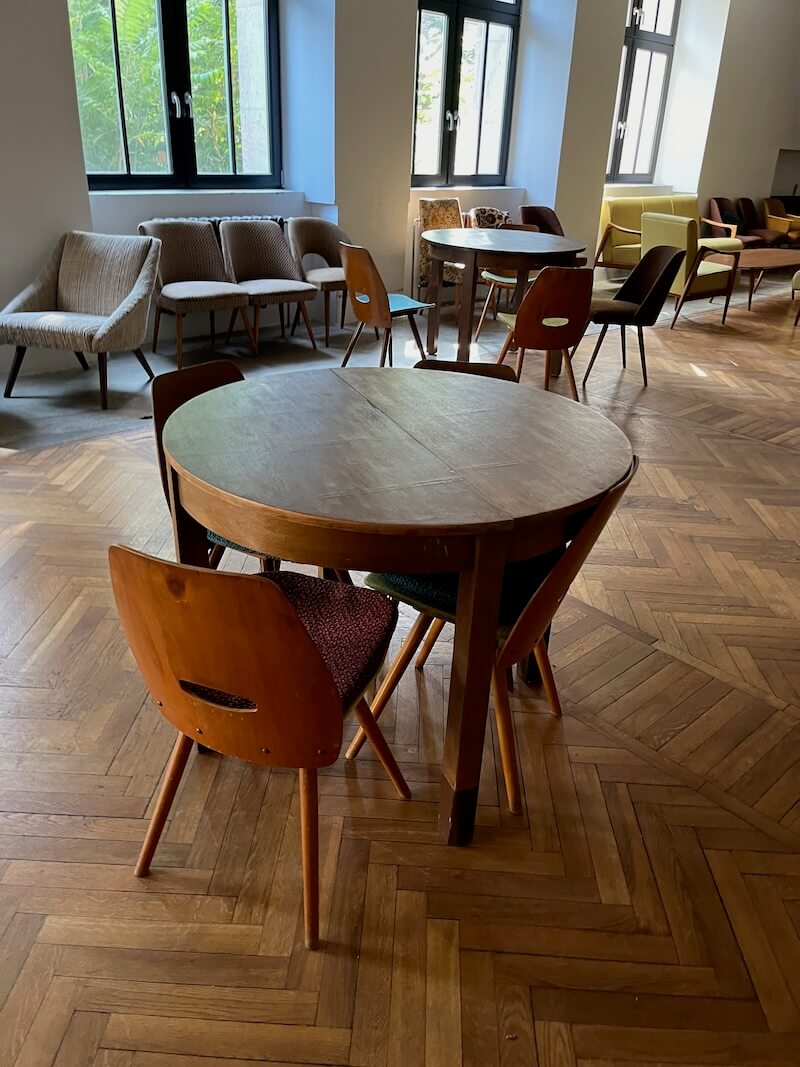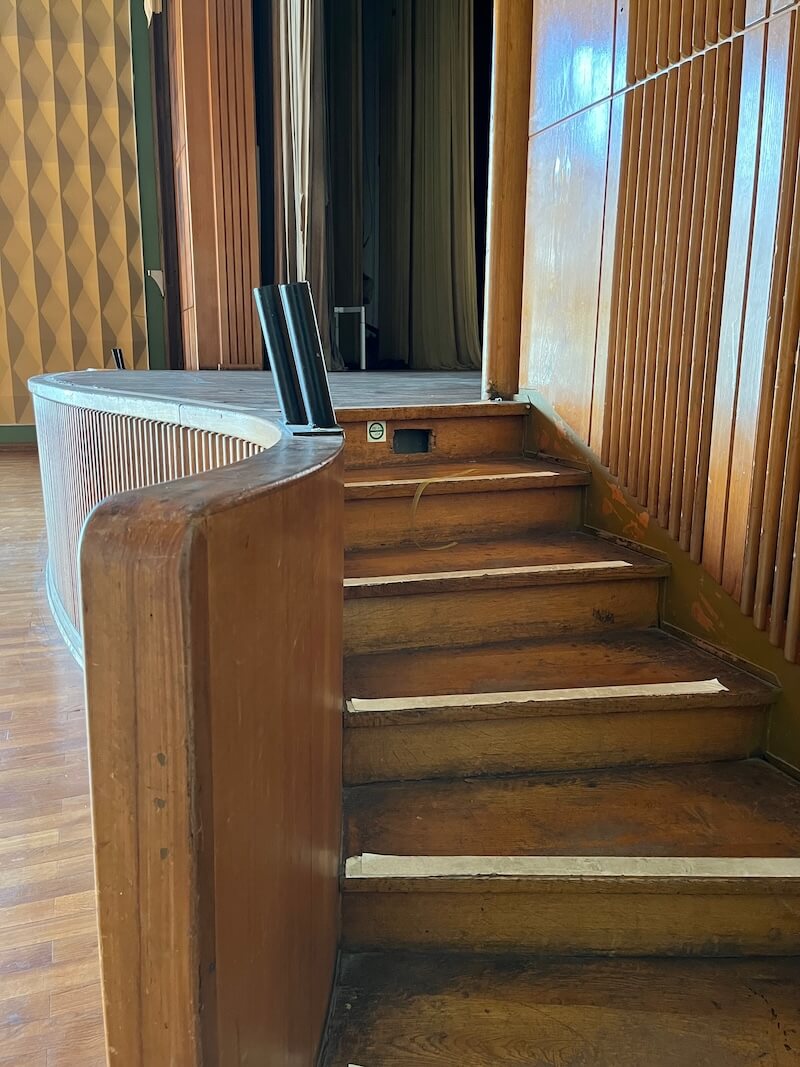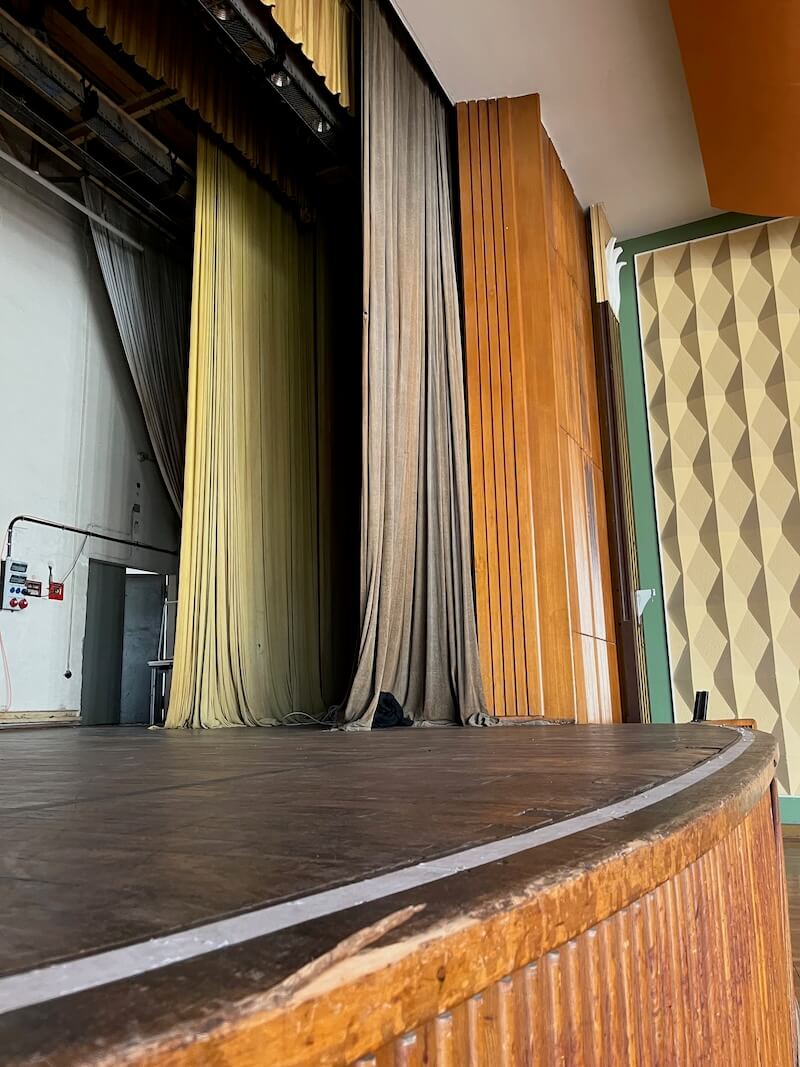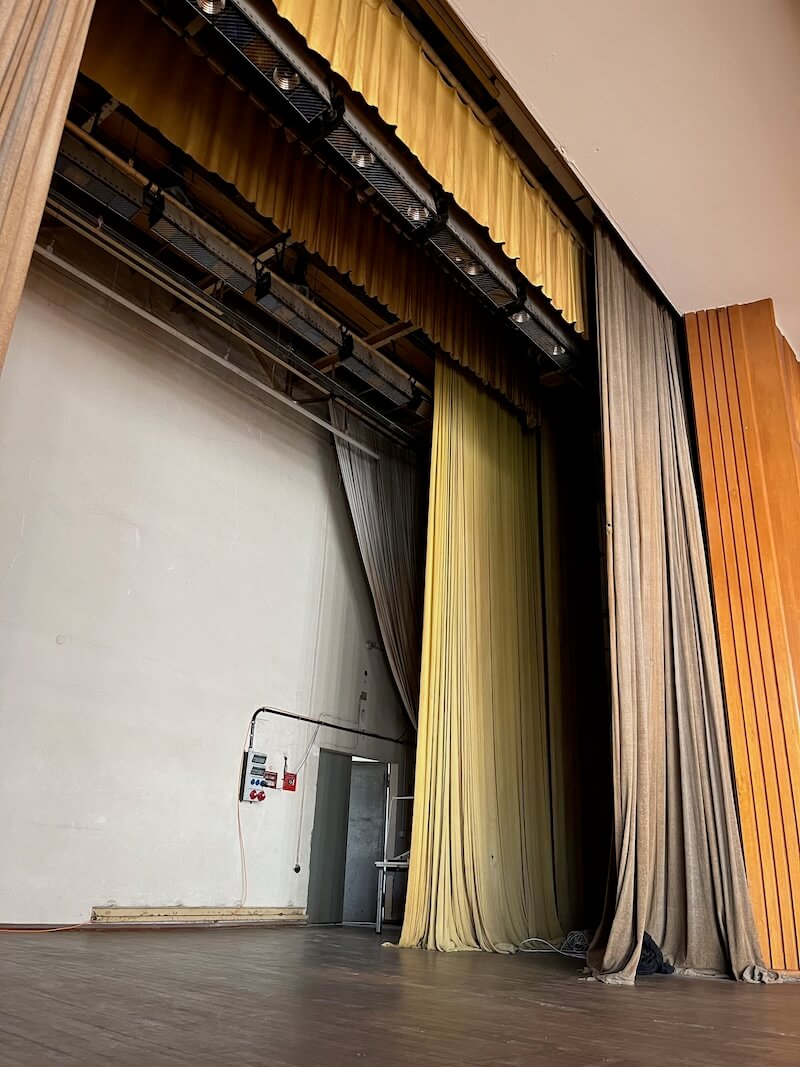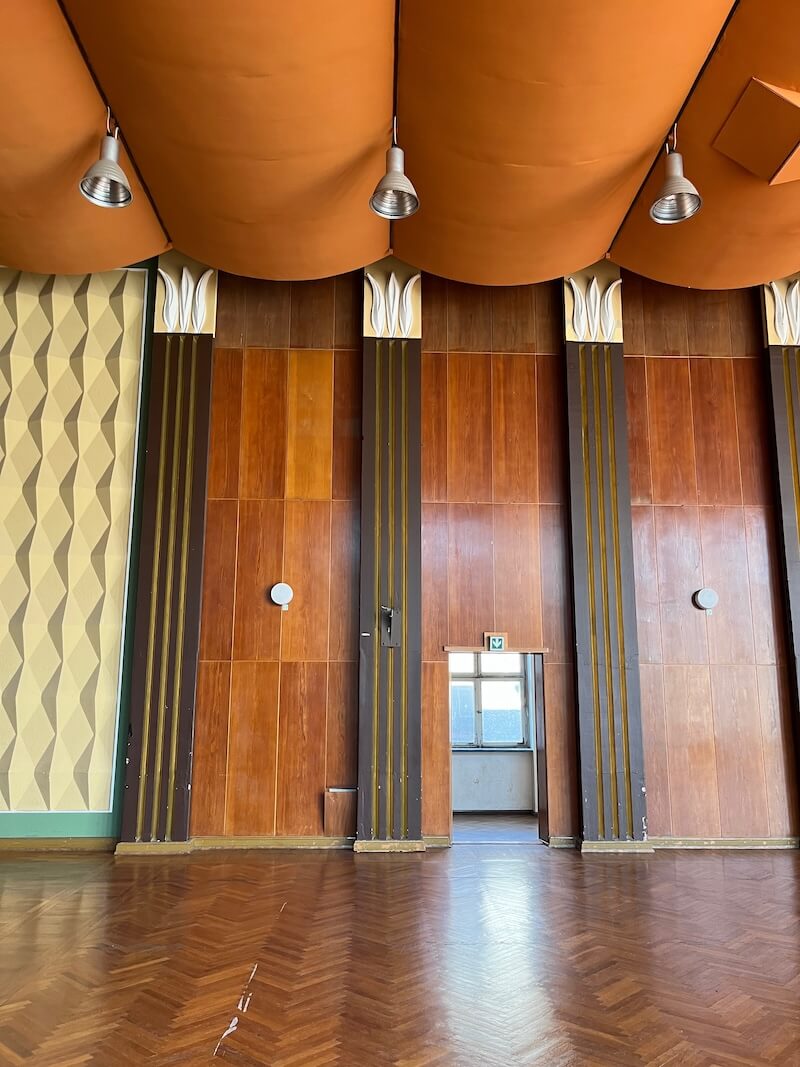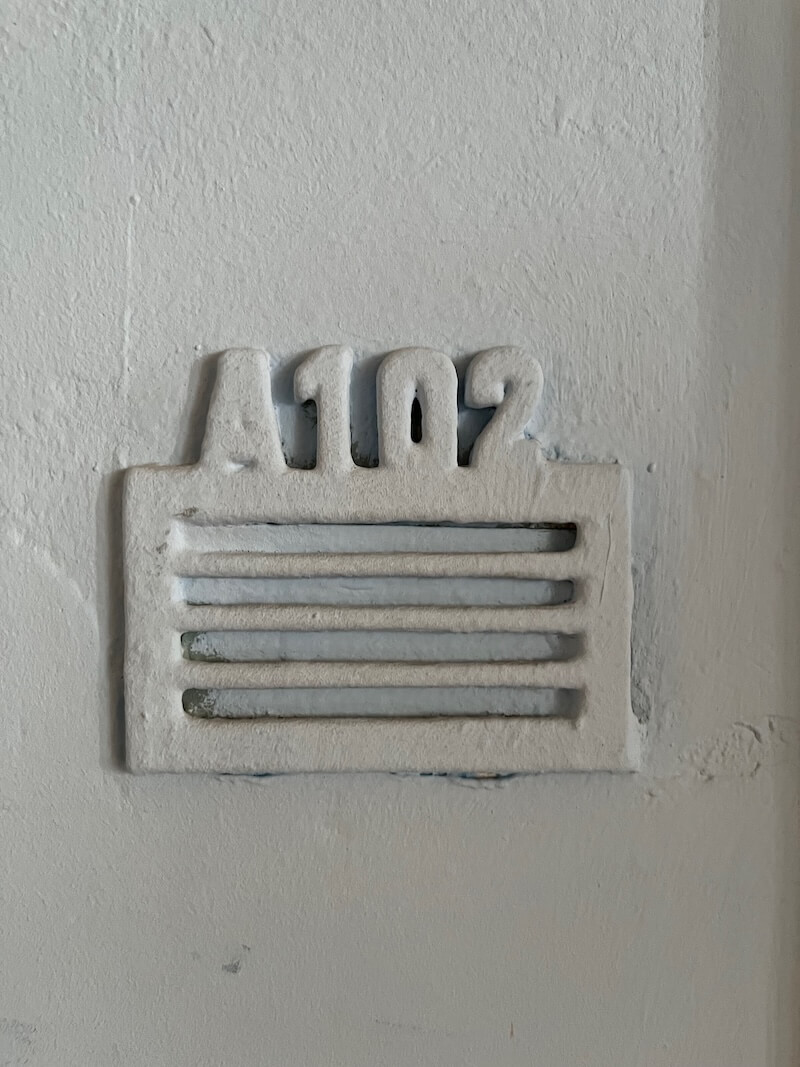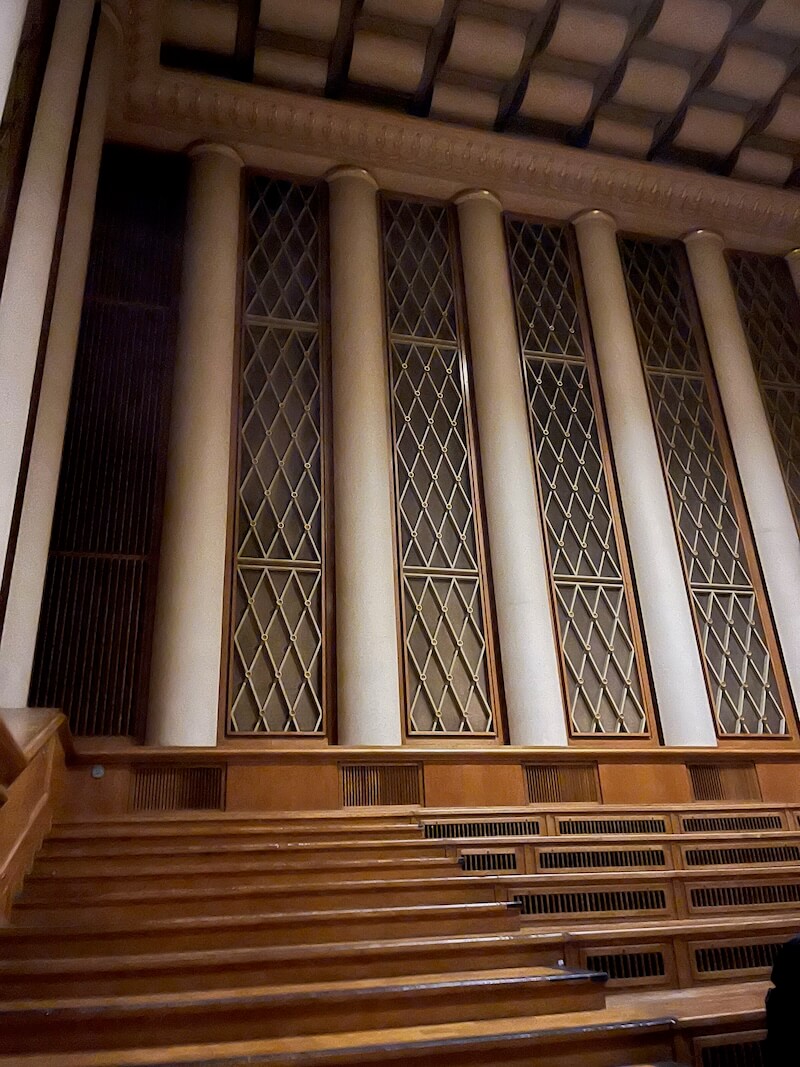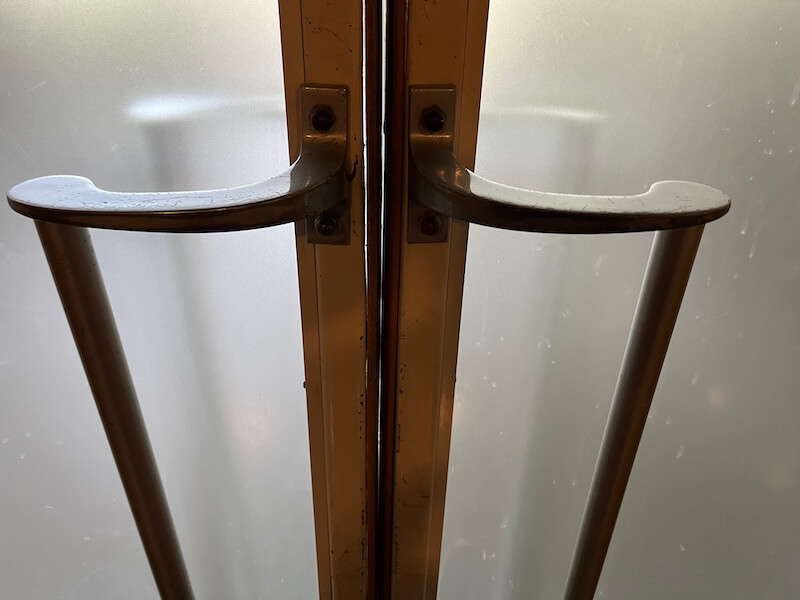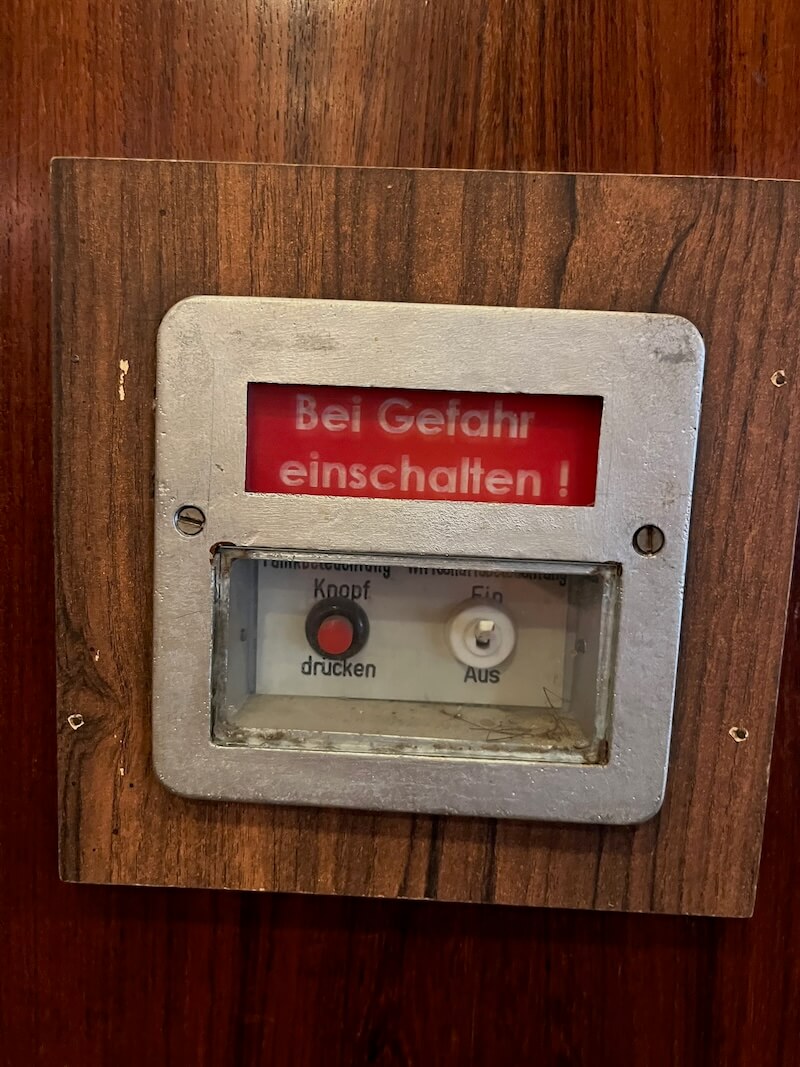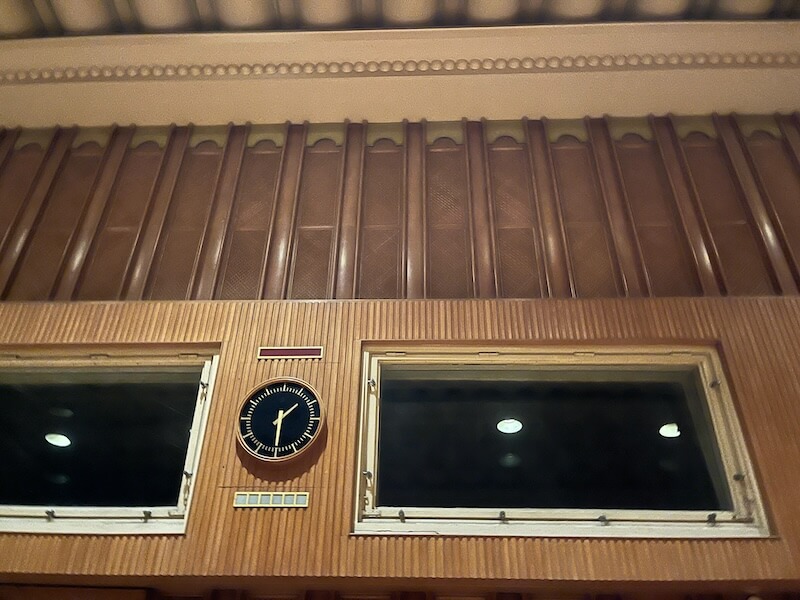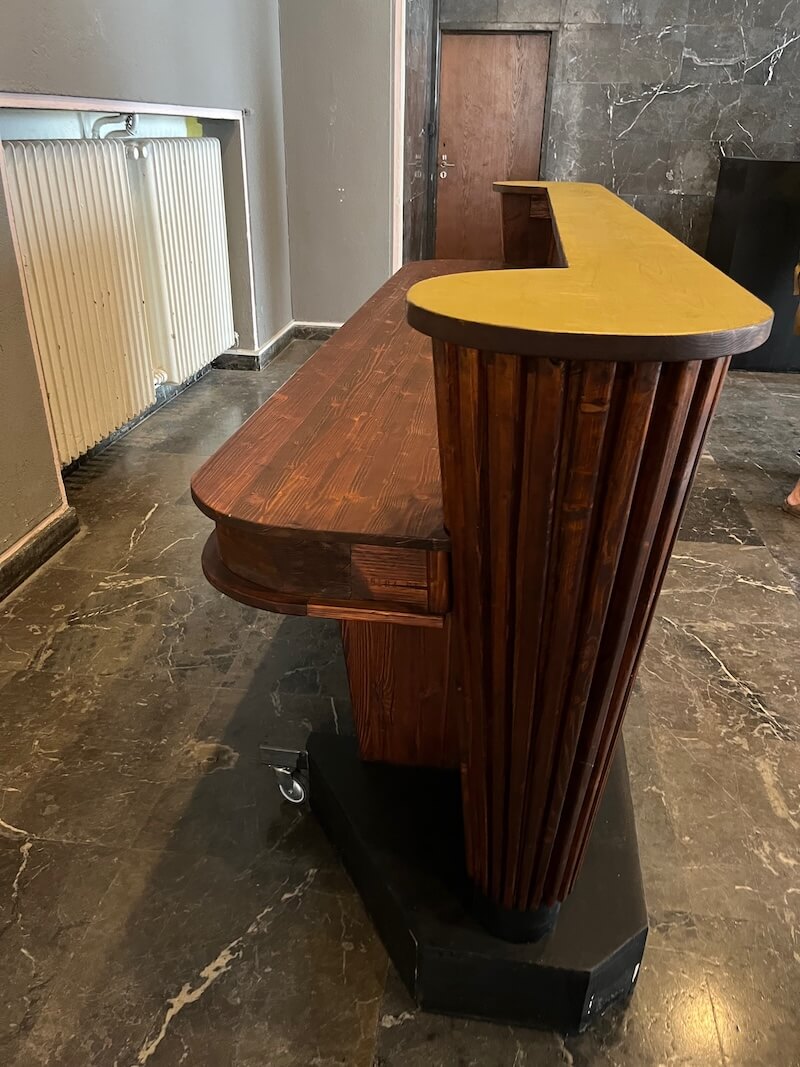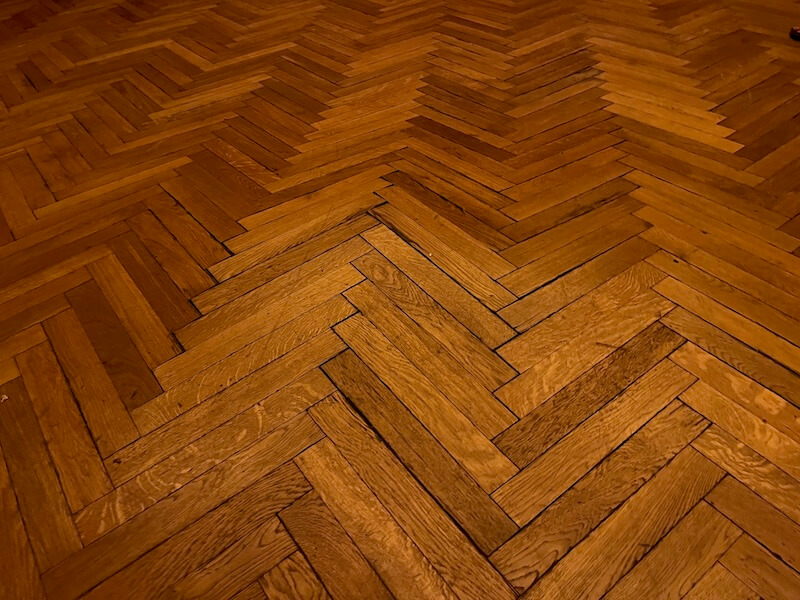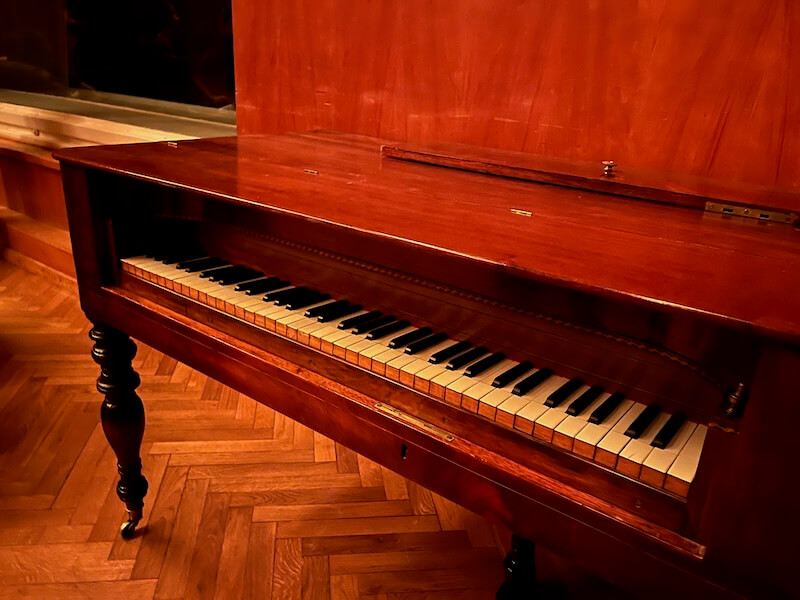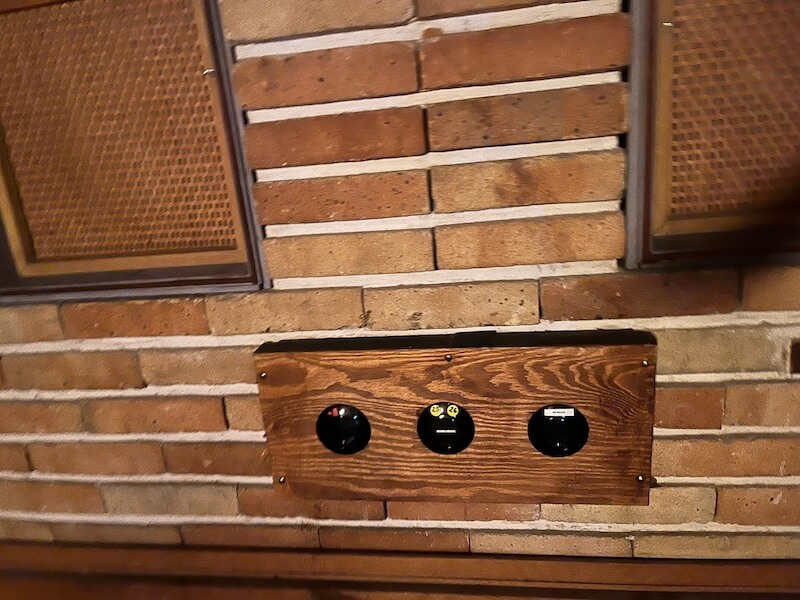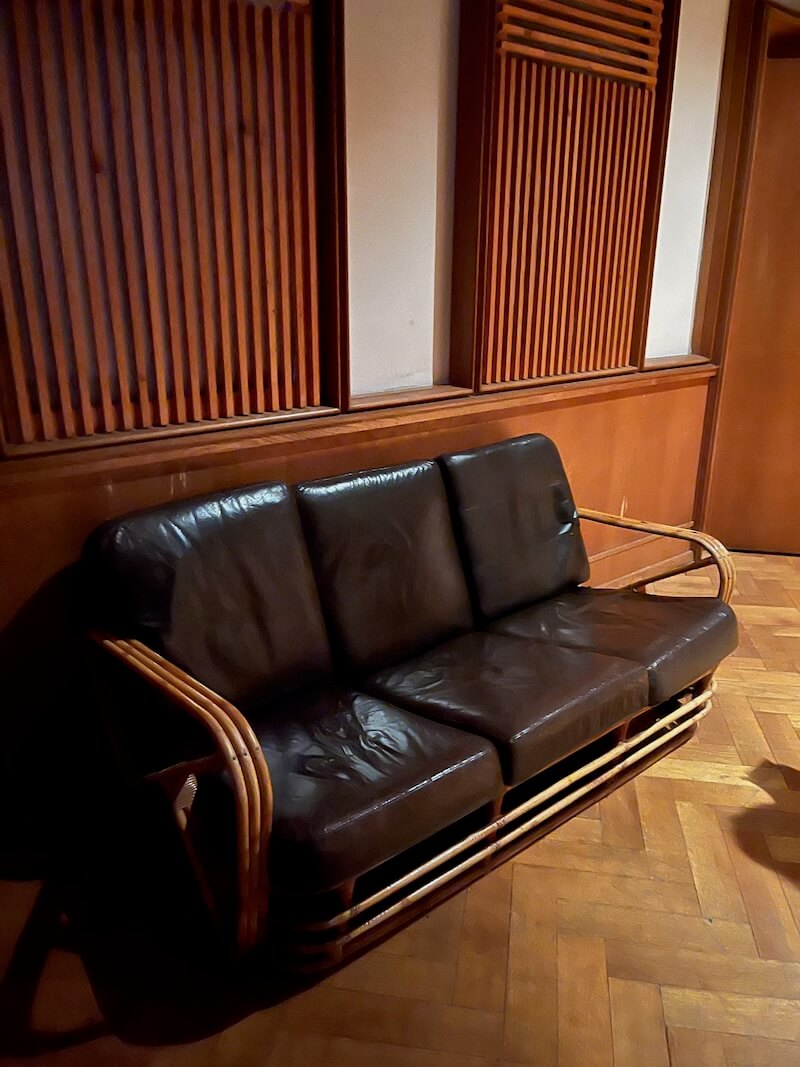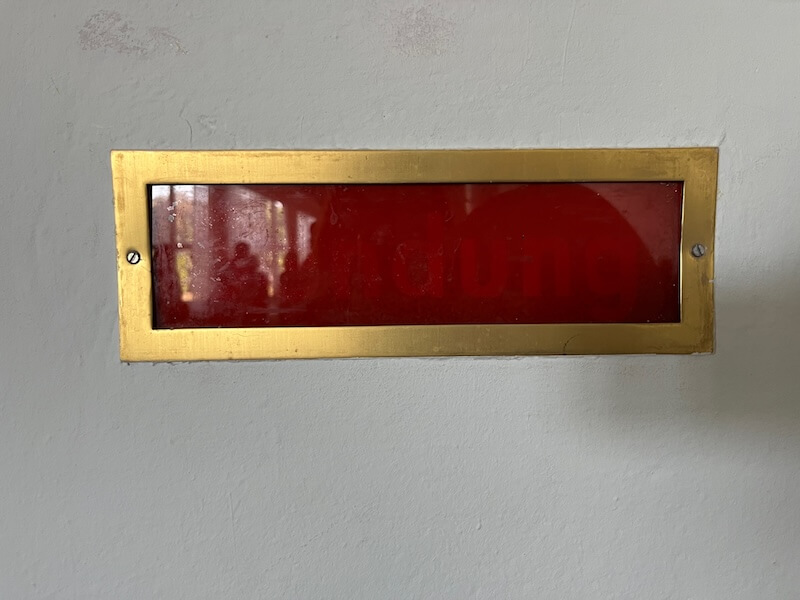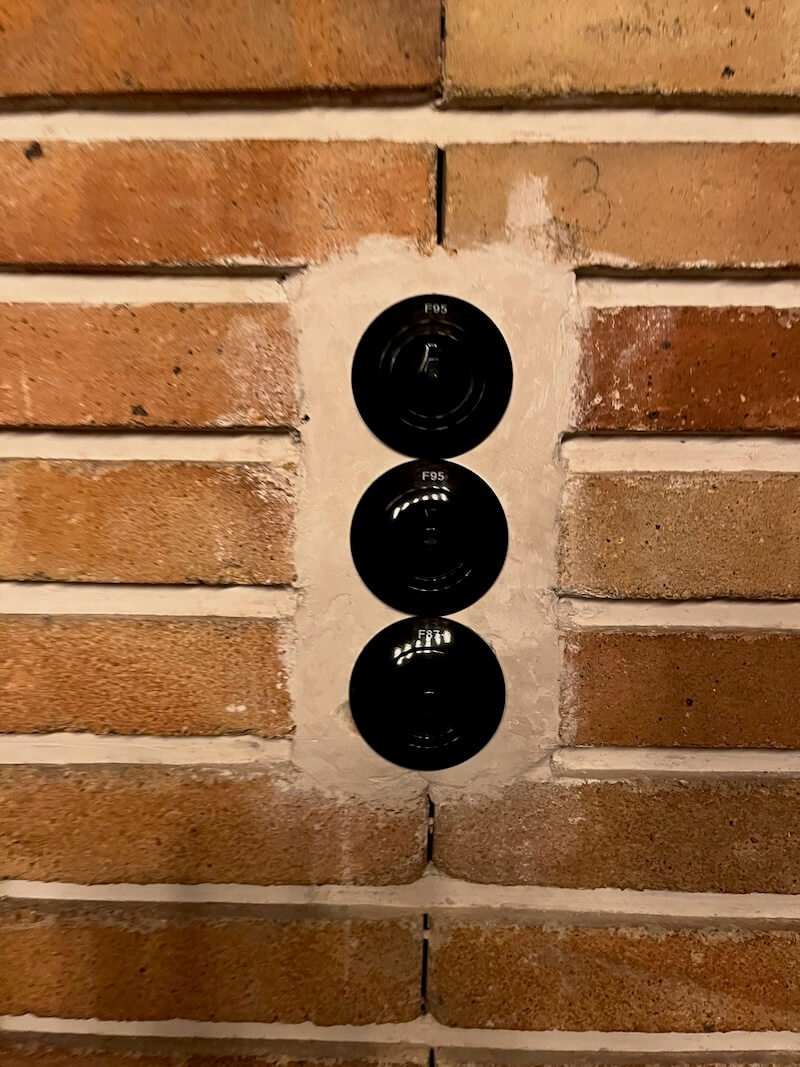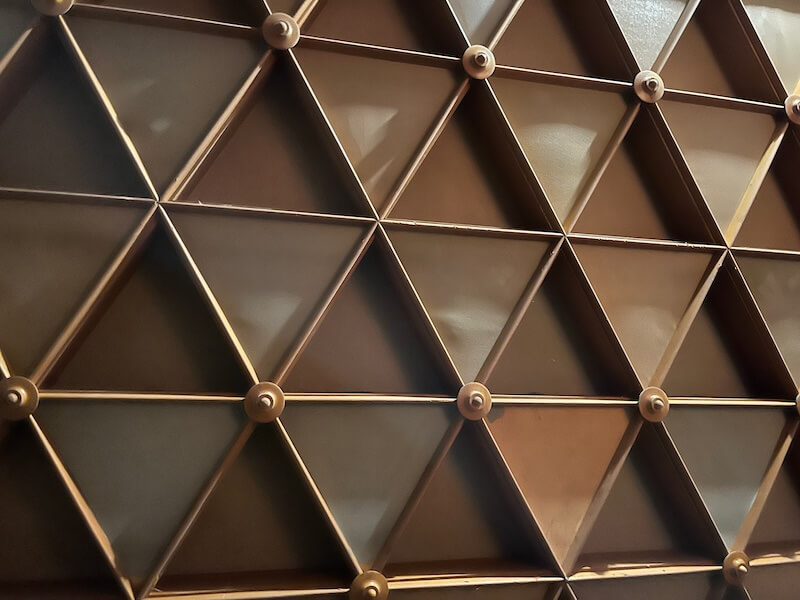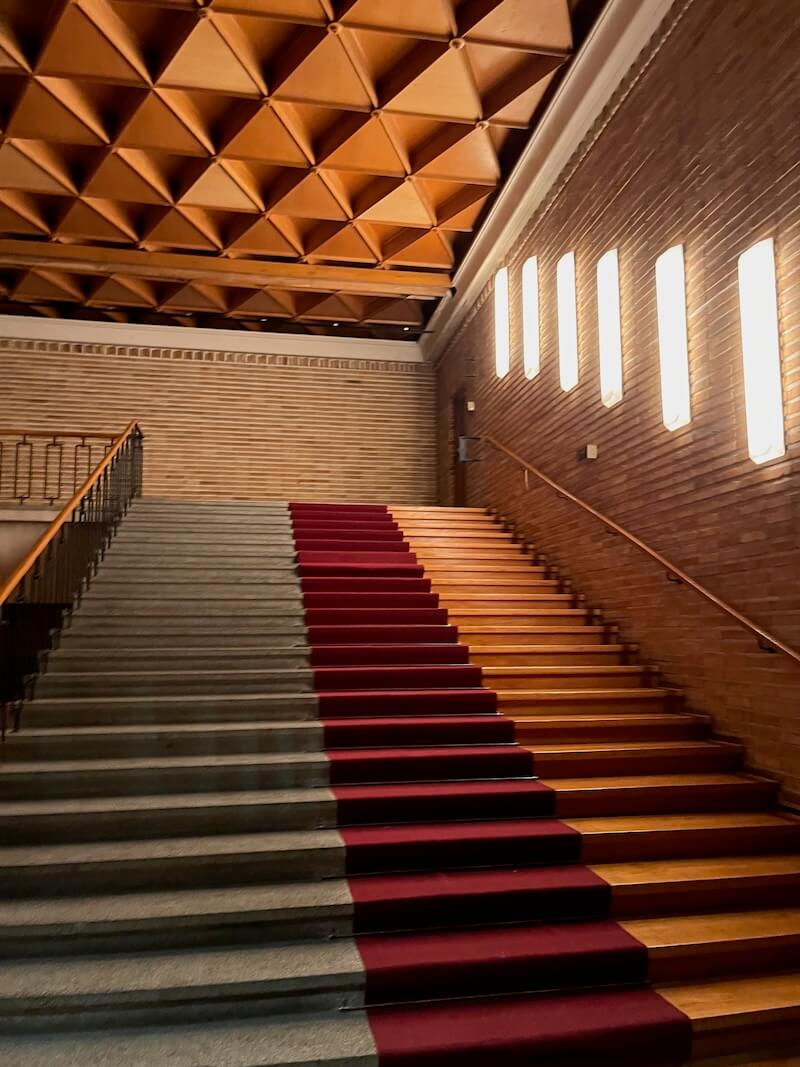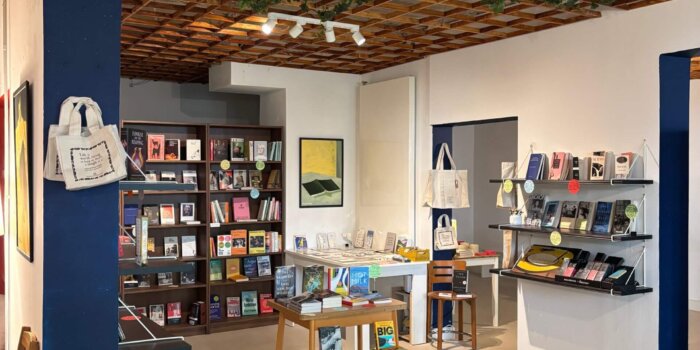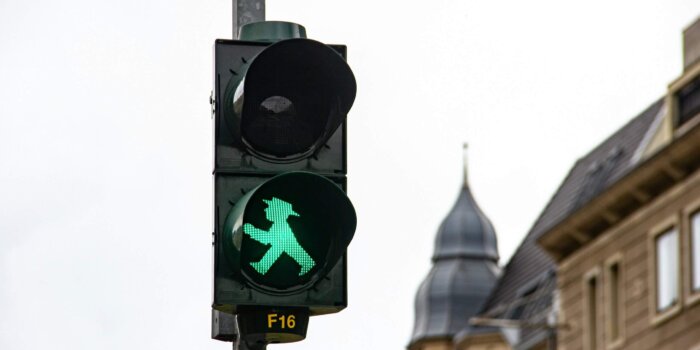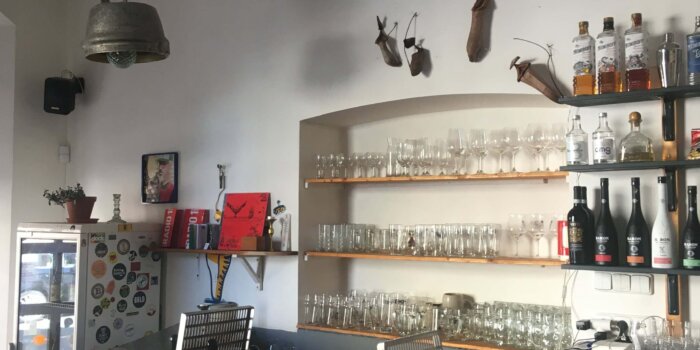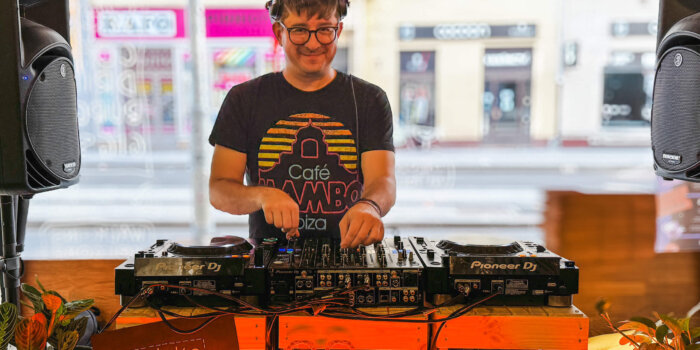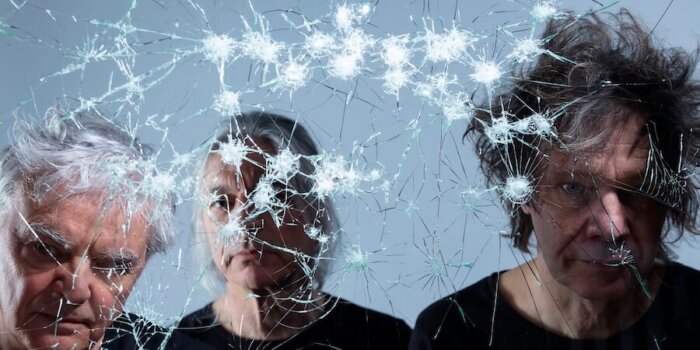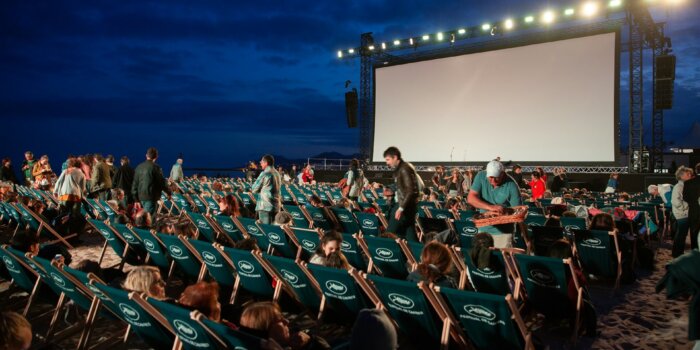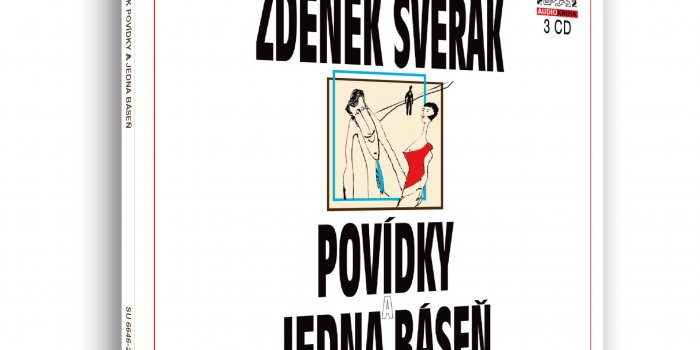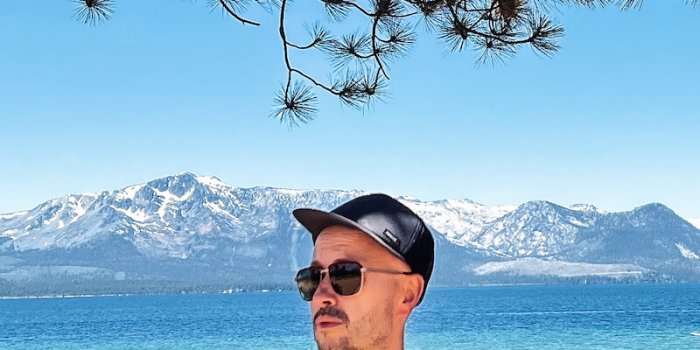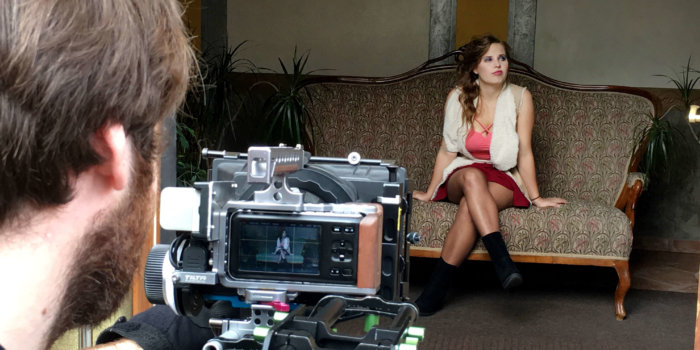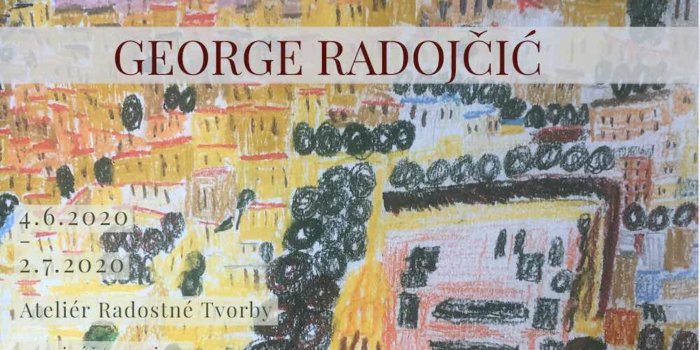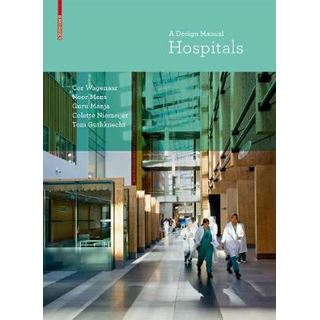A Berlin Destination Not Only for Sound Lovers: Funkhaus
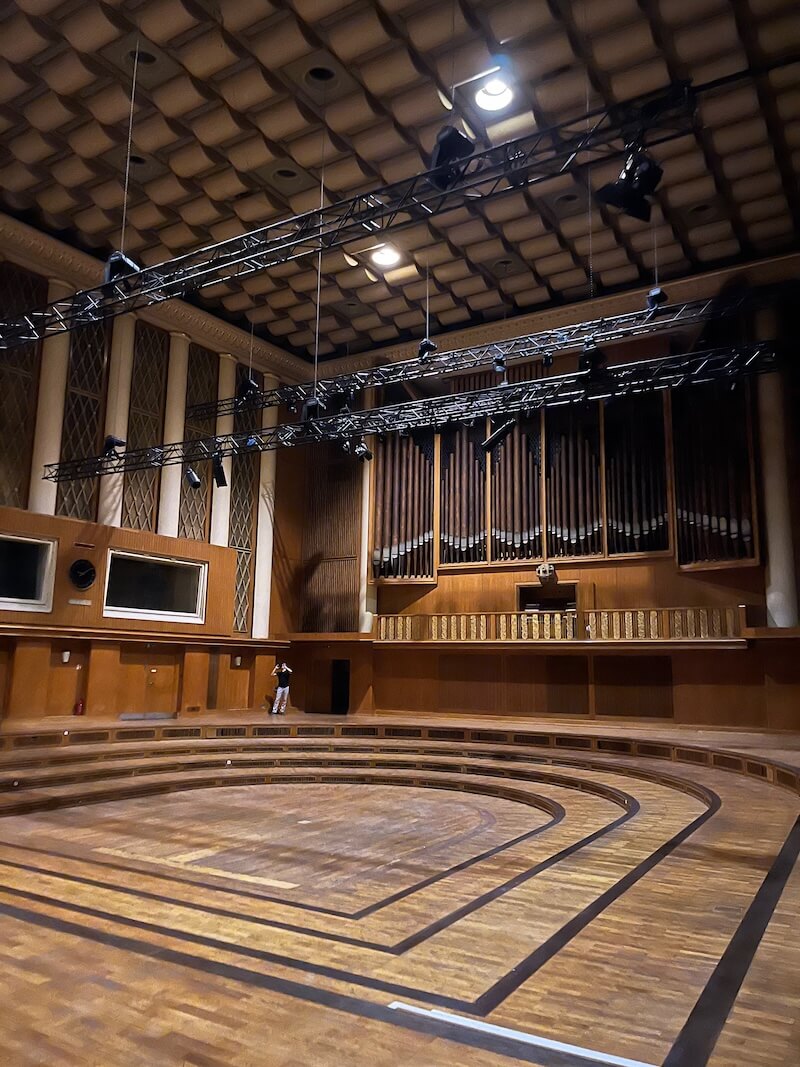
A somewhat hidden treasure that is slowly crumbling before our eyes. Berlin’s Funkhaus, a monument to the faded glory of radio broadcasting. A fascinating building that tells of human skill, intelligence, and craftsmanship.
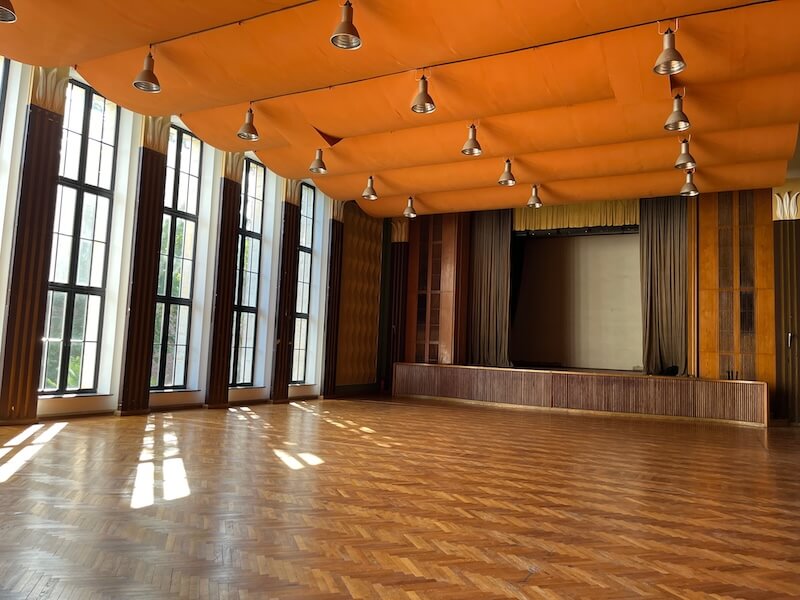
The East German radio building, where concerts were also held and recordings made, was constructed between 1951 and 1956 under the guidance of visionary architect Franz Ehrlich. This stunning complex, covering approximately 135,000 square meters, holds much more than just studios for radio broadcasting.
In the recording studios, renowned for their world-class acoustics, mainly infrequent tourist tours are held these days. Apart from the largest Hall 1, where artists like Nils Frahm perform, not many people come here anymore. The clocks have long since stopped; no one enters the control rooms. It breaks the heart of an audio enthusiast to walk across the parquet floor of a studio that must have cost an incredible amount of money, only to suddenly find oneself on a little hill—the humidity of the unused hall has lifted the parquet, foretelling further decay.
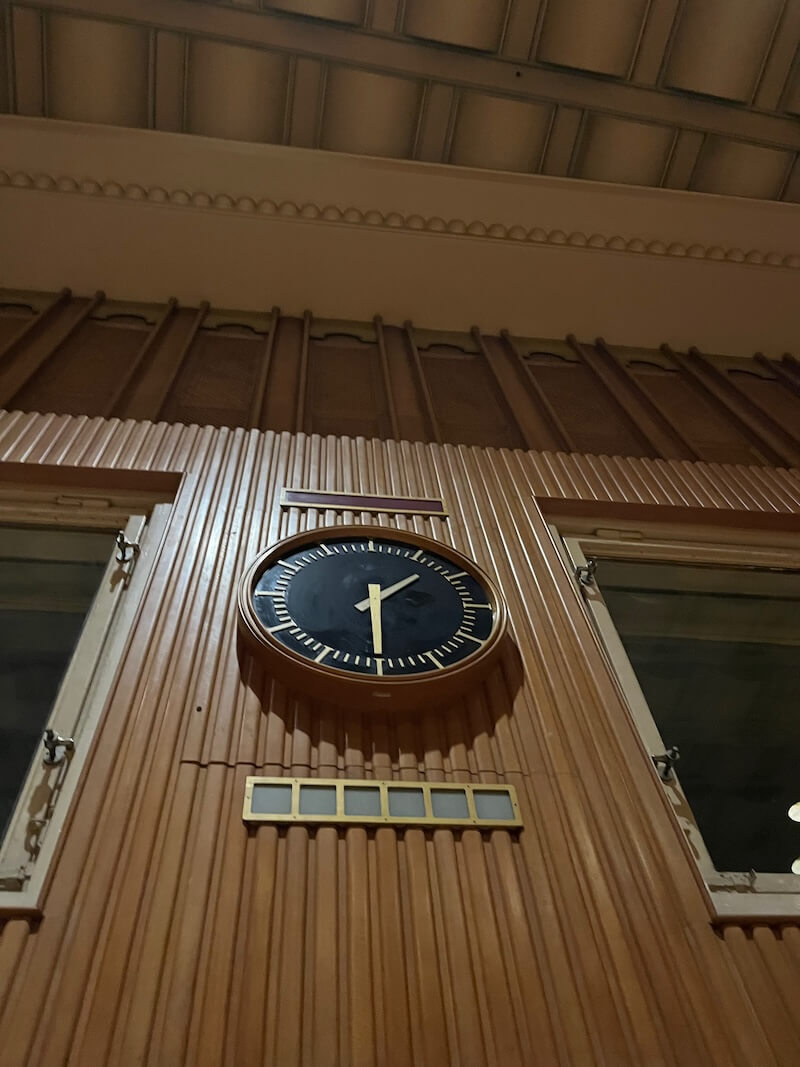
Yet there are many things here that one admires with bated breath: because many radio plays were recorded here, which were meticulously thought out, we find details in the studios like flip-up floors (so a character could walk once on gravel, once on concrete), honeycomb ceilings tailored to desired acoustic parameters, staircases with sections made of various materials depending on what the actors were supposed to walk on, or rotating panels on all the walls of the smaller studio, which can thus become a school classroom or a padded living room, depending on what the director intends. But the director no longer intends.
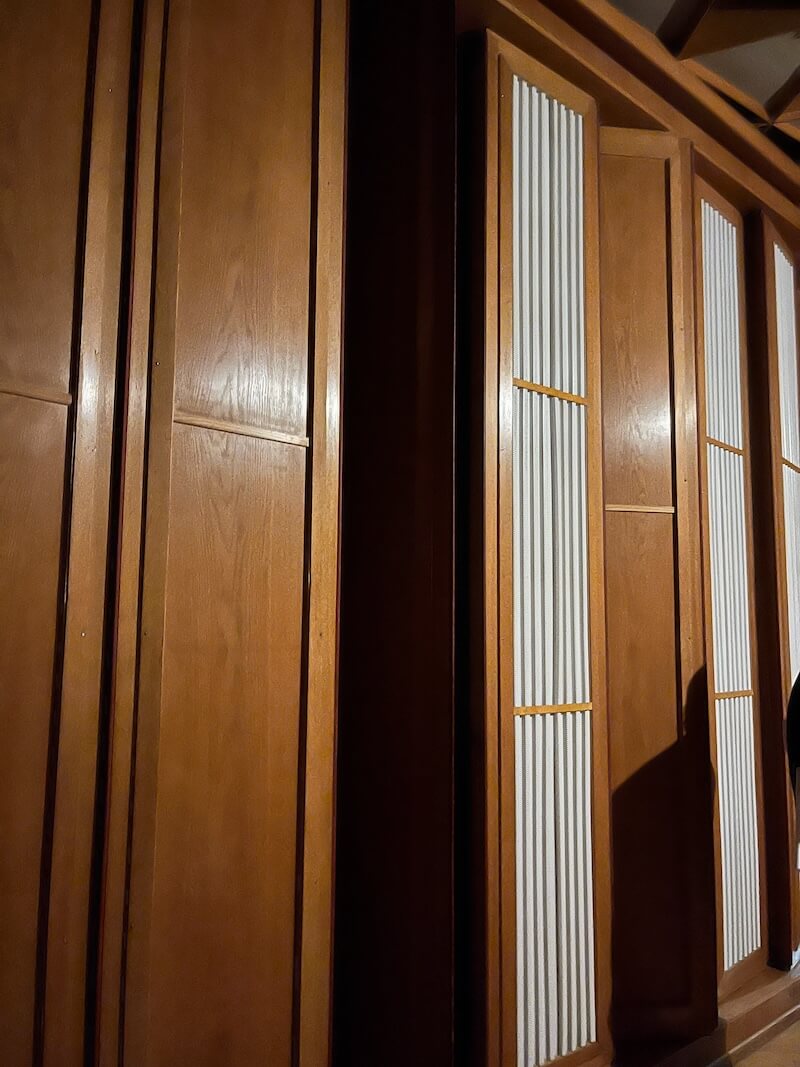
History is relentless: The significance of classical radio broadcasting declined from the 1950s, when this was built, to the revolution, when the end of the Funkhaus began. Small private stations are listened to, but they don’t need giant studios. Occasional one-off events, like the great Red Bull Music Academy a few years ago (protišedi report here), won’t fix it, even if they at least temporarily spotlight this fascinating building and its beautiful and perhaps somewhat eerie architecture. I very much hope that the current owner can maintain the building and find some use for it, but for now, it’s probably quite difficult, and I’m afraid it might not be possible.
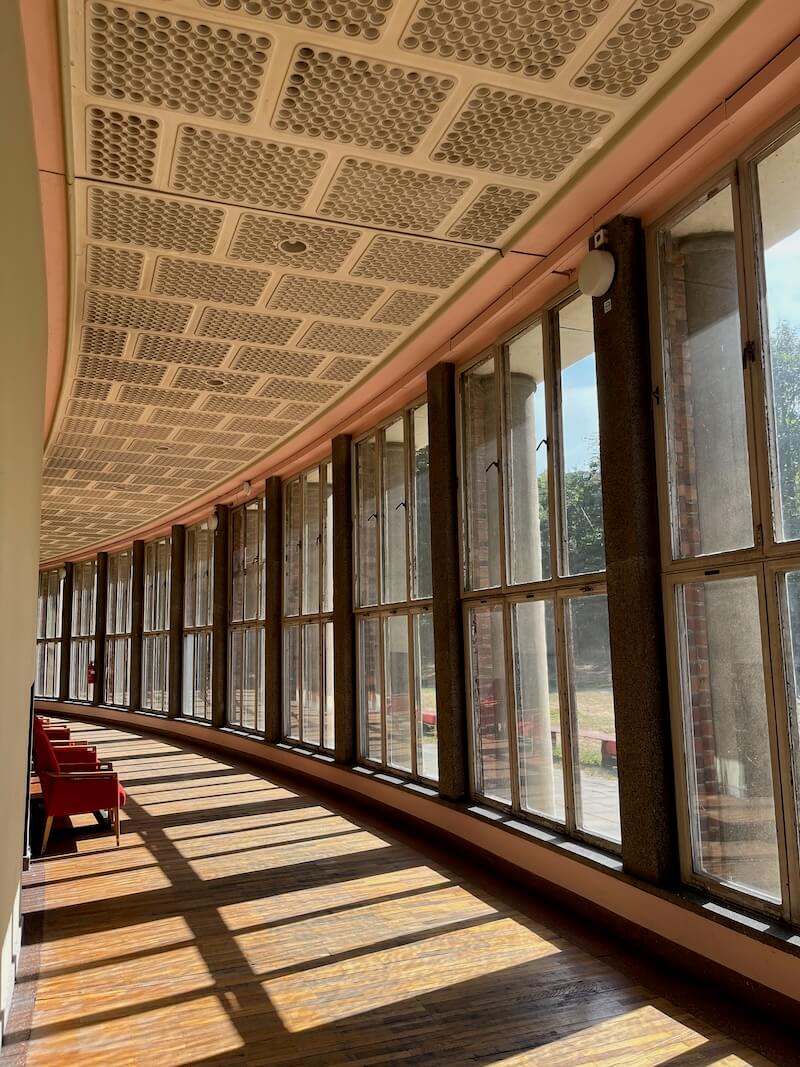
If you want to see the building and my amateur photos aren’t enough for you, I warmly recommend booking a tour on the website; they are organized only twice a month and not even every month. The next ones will be on November 2nd, November 30th, and then not until January 2025.


